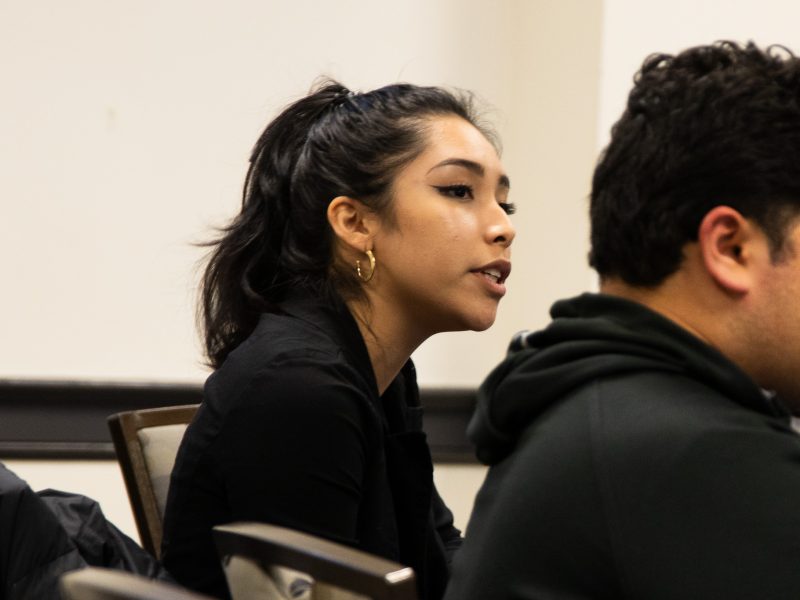Maryland’s $42.3 billion budget for next fiscal year will limit public university tuition increases to 2 percent and expand the pool for merit-based salary increases for faculty and staff by 2.5 percent, while continuing to support capital projects at the University of Maryland, according to capital budget funds.
The fiscal year 2017 budget, which begins July 1, is largely similar to Gov. Larry Hogan’s original January draft and passed the General Assembly in April. In addition to higher education spending increases of $78 million, the budget provides for a surplus of more than $400 million and a rainy day fund — a fund saved in case anything important comes up along the way — of more than $1 billion.
University President Wallace Loh praised the increase in merit-based salaries. Faculty and staff have been working hard, he said, and it’s a welcome change following “several years” without any increases at all.
The budget also pleased administrators, as it includes full coverage of mandatory increased health and pension costs, he said. In previous years, the entire cost increase was not funded by the state, leaving the university to cover the difference.
Carlo Colella, this university’s vice president for administration and finance, suggested that the budget, which he called good for this campus, symbolizes the state’s recognition of the university as an economic benefit to Marylanders.
“It indicates that the state of Maryland strongly supports higher education, including here at the flagship,” Colella said. “It helps us to be good stewards of state dollars as we maintain quality and affordability for the residents of the state.”
Additionally, this university received the exact amount of funding requested for its capital projects, said Bill Olen, the interim executive director of planning and construction and director of capital projects for facilities management. The projects have been largely made possible by generous private donations that the state also helps to support.
Thanks to capital budget funds, construction on the Brendan Iribe Center for Computer Science and Innovation will start in June, with a groundbreaking ceremony set for April 30, Olen said. It will also allow the university to continue construction work on the Edward St. John Teaching and Learning Center, A. James Clark Hall and Cole Field House’s indoor practice facility.
“The support the campus received from the legislature and the governor helps continue to build new research space and academic space to reach the campus’ demands as we move into the future and provide more space for students and research,” Olen said.
The St. John building is expected to be completed by the end of this calendar year, as the majority of the exterior construction is complete and the current focus is on finishing the interior, Olen said. Cole Field House and Clark Hall are on schedule for completion in May 2017 and June 2017, respectively.
The state’s public university tuition increase cap comes the year after the University System of Maryland Board of Regents voted to increase tuition systemwide by up to 5 percent and create a differential tuition pricing system, which allows for certain majors — business, computer science and engineering — to cost more than others. Loh also implemented a midyear tuition increase of 2 percent in the winter of the 2014-2015 academic year.
Prior to the hikes last year, tuition had increased 3 percent each year since 2011 under the four-year tuition freeze set by former Gov. Martin O’Malley.
The 2 percent limit in this year’s budget is “a step in the right direction,” Loh said, adding that the state is doing all it can to minimize the burden of rising tuition on students enrolled in public universities.
“They realize that the future of the state very much depends upon having an educated citizenry that will go out and work and contribute to the state economy,” he said. “For that, I’m very grateful. I think the state is really very progressive in their attitudes toward public education.”


